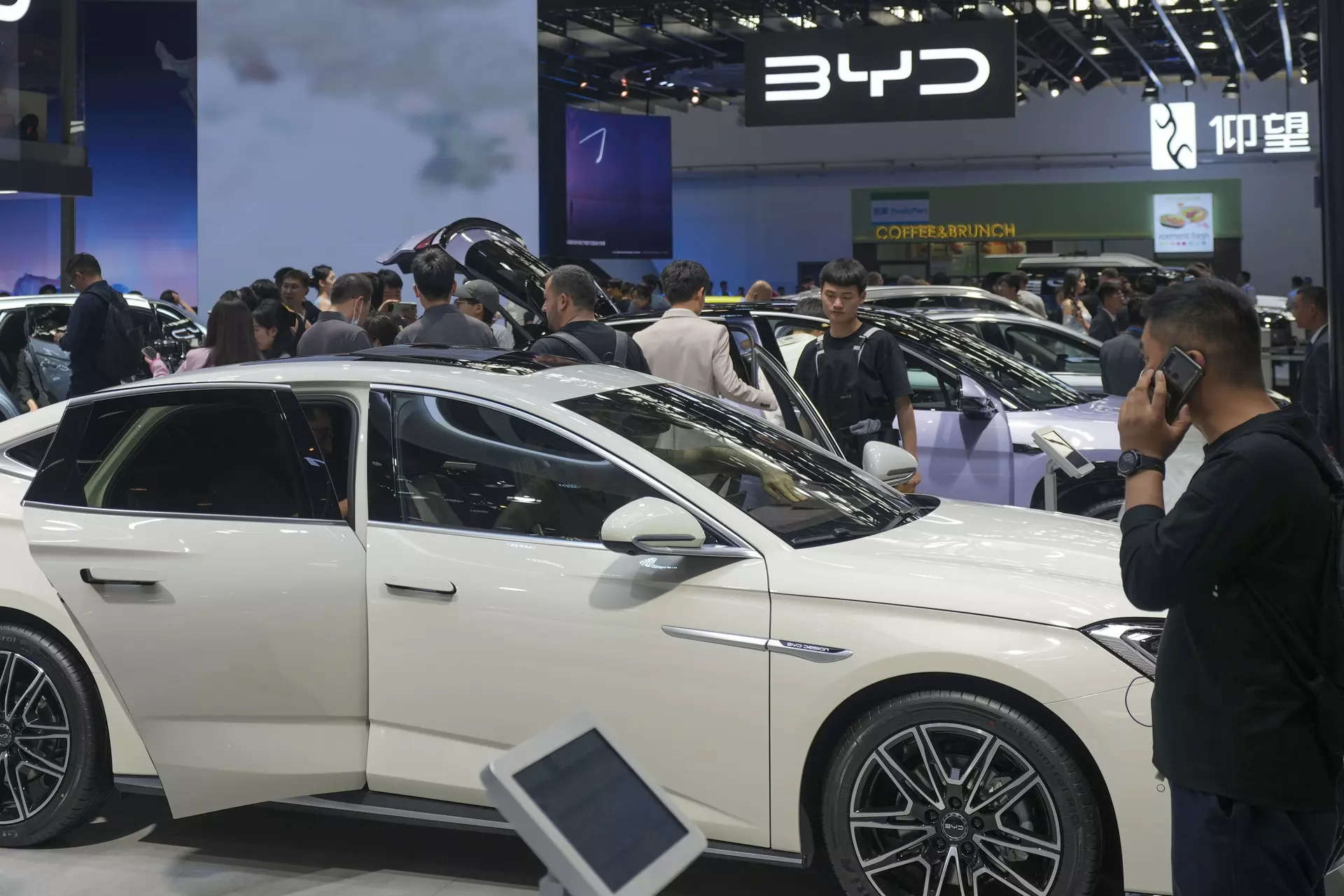
ONE measure of our mobility crisis is that traffic and transportation have become media front-page material. You have navigation software company Tomtom rating Metro Manila as having the world's worst traffic. Then Coldplay composes a song to lament the country's world-class road congestion at a recent concert. As 55,000 fans cheered him on, Chris Martin captured the sentiments of an entire nation with the lyrics, "There is only really one thing that remains. The traffic here in Manila is completely insane."
What is astounding, but truly lamentable, are the subsequent statements and reactions from Philippine officials, especially those who have major responsibility for our traffic and transportation emergency. Instead of recognizing the problem and offering solutions, the response of Metropolitan Manila Development Authority acting Chairman Romando Artes was to dispute Tomtom's findings and question its methodology.
For decades, the government's strategy for addressing traffic has been to prioritize motor vehicles on roads and to help them move faster. Roads of all kinds were prioritized for cars; bike lanes and sidewalks were narrowed or removed to give more space for four-wheeled motor vehicles. Ground-level pedestrian crossings are replaced by elevated footbridges so that vehicles have fewer reasons to stop. What is crystal clear today is that this strategy has failed. Filipinos know that the number of both cars and motorcycles has been increasing, exacerbating the traffic, heat and pollution in the metropolis.
Numerous roads and bridges have been built but not for pedestrians, cyclists and public transport, signaling that you need to be in a car to take advantage of our road and bridge infrastructure. The result was to attract even more people to shift to using a private motor vehicle. Instead of reducing vehicle congestion, we are today the global leader in traffic. City roads are congested even on weekends. Elevated tollways were expected to relieve traffic but are now often filled with slow-moving vehicles.
With only 6 percent of Filipino households (and only about 12 percent of those in Metro Manila) owning cars, we experience daily gridlock on our roads. If more Filipinos decide to travel using private motor vehicles, it will surely get much, much worse. If we persist in expanding road space and prioritizing motor vehicles as the solution to traffic, we will just be prolonging and deepening the insanity — doing the same thing over and over, expecting a different result. To escape the downward spiral, our traffic and infrastructure agencies need to move away from prioritizing vehicle mobility and focus on people-centered mobility.
The Institute for Transportation and Development Policy (ITDP) has formulated a set of prescriptions entitled "Taming Traffic." On top of the list is to reallocate road space to serve people, not cars. In a country where the vast majority are not car owners, transportation justice requires that a fair share of road space (arguably, the country's most valuable physical asset) should serve pedestrians, cyclists and public transport so that these sustainable travel modes become faster, safer and more convenient than driving. If our cities have more dedicated road lanes for public transport, larger networks of continuous, protected bike lanes and wider, obstacle-free sidewalks, many more Filipinos will leave their cars and motorcycles at home.
A second set of ITDP prescriptions is about parking policy and management. Free parking is a magnet for traffic as it tends to attract greater car use, even in areas already heavily congested. Free parking also represents a subsidy for those with private cars, the more affluent in our society. ITDP therefore recommends charging for on-street parking to reflect its true cost, collecting taxes for commercial parking and using parking revenues (which can be substantial) to fund improvements in walking, cycling and public transport. Instead of minimum requirements for off-street parking for each building, building regulations can set maximum levels of off-street parking.
The third set of prescriptions is about restricting vehicle use in congested or heavily populated areas. A district with a school, hospital or major tourist attraction, for example, could be designated as a low-emission zone, limited to vehicles with very low or zero emissions. The busiest parts of a city could have congestion pricing so that vehicles entering the designated zone must pay a fee (collected in the same way as a toll). Another measure is to make an area or zone entirely car-free — limiting entry and access to pedestrians, bicycles and public transport.
To overcome our transportation and traffic emergency, the durable and effective solutions are clear: we need to make walking, cycling and public transportation safe and attractive options for moving around our cities, even for people who own cars or motorcycles. Brent Toderian, former chief planner of Vancouver, put it succinctly: "Remember, it's not about whether you personally want to or need to drive. It's about understanding the truth that in cities, if everyone tries to move by car, no one moves much at all. So the more of us that are enticed to walk, bike and take transit, the better it is for everyone."
Robert Y. Siy is a development economist, city and regional planner, and public transport advocate. He is a co-convenor of the Move As One Coalition. He can be reached at mobilitymatters.ph@yahoo.com or followed on Twitter at @RobertRsiy.
Read The Rest at :







